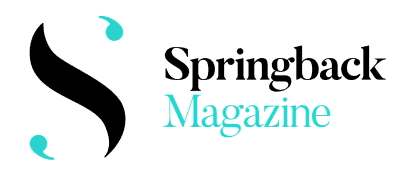In the second of a series of four texts on the theme of ‘critical distances’, performer Dom Czapski reflects on writing about a field that you are also personally and professionally involved in. Also in the series: Sanjoy Roy on navigating editorial dependence and independence; Budapest-based Lena Megyeri, on critical distances between eastern and western European writers; finally, Kaliane Bradley, whose debut novel The Ministry of Time is soon to be serialised for BBC television, recalls the doubts and pleasures of writing about a field as an outsider to it.
*
The first time I wrote about dance was a cold February night almost ten years ago. Beer in hand, I followed my mentor, dance writer Sanjoy Roy, into the darkened auditorium for a scratch night festival I’d be covering. I was still a jobbing performer, or in-between jobs, as they say, wheeling the drip-bag of freelance dread behind me: imposter syndrome, failed auditions, a lingering anxiety about paying the bills. To spare future friendships I’d borrowed a pen-name – Mary Clipperton – and now Mary was meant to judge people I might share a studio or drink with next week.
In the blackout I felt the two selves colliding: dancer, good little soldier on the one hand; critic, prone to grumbling on the other. Meanwhile, onstage: earnest thrashing, inexplicable prop choices, a soundtrack that coughed and died mid-cue. I filled my notebook with irritation and then a degree of guilt, wondering whether I was serving anyone here or just being a dick.
Peter Brook once warned that when a critic spends most of her time grumbling, she is almost always right; she issues ‘a call for competence’. The border between that call and plain dickishness is hair-thin.
Some dance critics used to be dancers, but they normally have the decency to retire before they start writing; I hadn’t. Auditions loomed – possibly with the very dancers who’d read my piece at breakfast. I’ve always wondered, since writers review each other’s novels all the time, why not dancers? Times and technologies have turned us all into hustlers – performers-slash-producers-slash-publicists – what’s one more slash?







